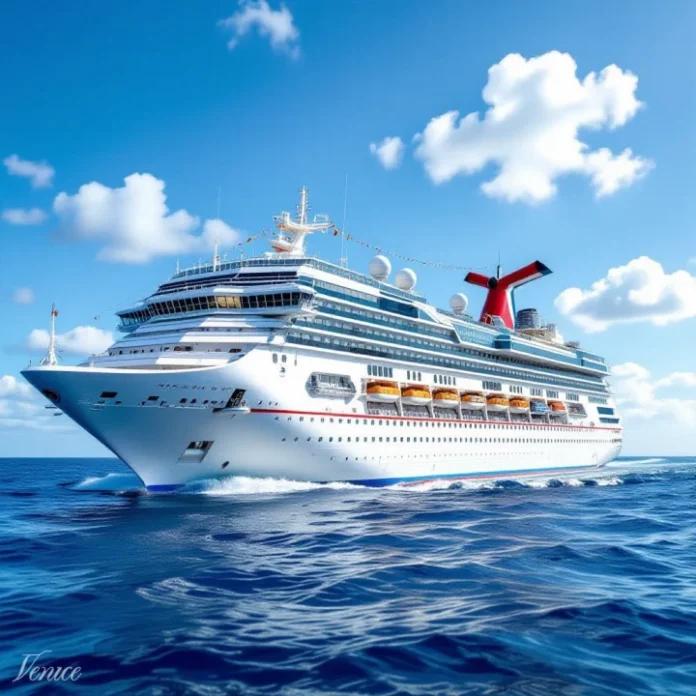- Holland America Line is launching immersive 2027–2028 specialty cruises to South America and Antarctica, highlighting a focus on unique guest experiences.
- This expansion into high-value specialty travel aims to strengthen Carnival’s pricing power and premium market position.
- The most significant risk facing Carnival remains its substantial debt load and ongoing refinancing requirements, despite product expansion efforts.
- Carnival recently completed a $322 million senior note redemption as part of its strategy to manage elevated debt leverage.
Carnival Corporation, through its Holland America Line brand, is actively expanding its offerings with highly curated specialty cruises, notably the newly announced 2027–2028 South America and Antarctica season. These immersive itineraries, which include destinations like Machu Picchu and the Galapagos Islands, represent the company’s strategic focus on unique, high-value guest experiences designed to appeal to nature and adventure-focused travelers.
This product expansion is viewed as a short-term catalyst supporting Carnival’s investment narrative, which relies on generating sustained demand, expanding profit margins, and reinforcing its premium market positioning. Analysts consider this push into specialty travel as a means to potentially strengthen pricing power and enhance guest loyalty, which are crucial for a capital-intensive business model.
However, the article cautions that this product initiative does not alleviate the most significant ongoing risk facing Carnival: its substantial debt load and future refinancing requirements. In a positive move toward financial management, Carnival recently completed a $322 million senior note redemption, underscoring efforts to manage its elevated leverage. The current investment outlook for Carnival projects strong financial growth, with expected revenue of $29.0 billion and earnings of $3.7 billion by 2028, suggesting a significant upside in its fair value compared to its current stock price.
